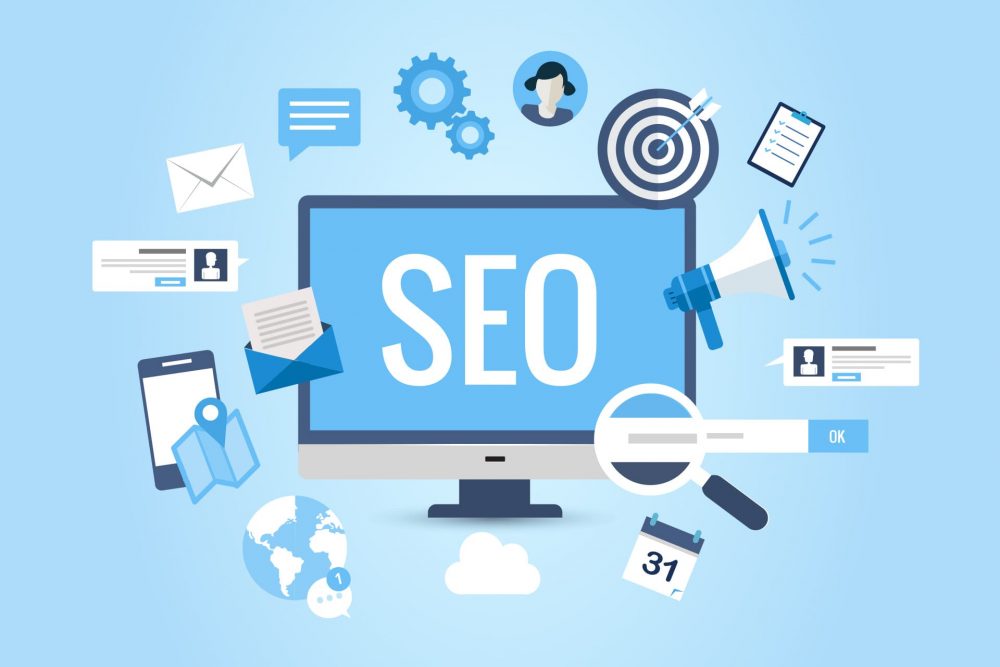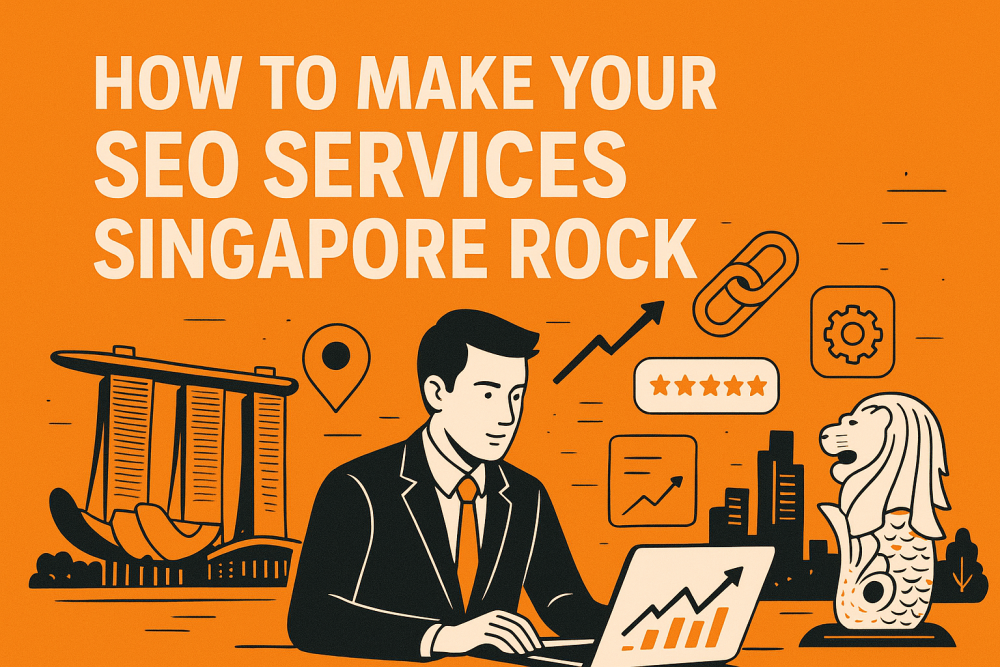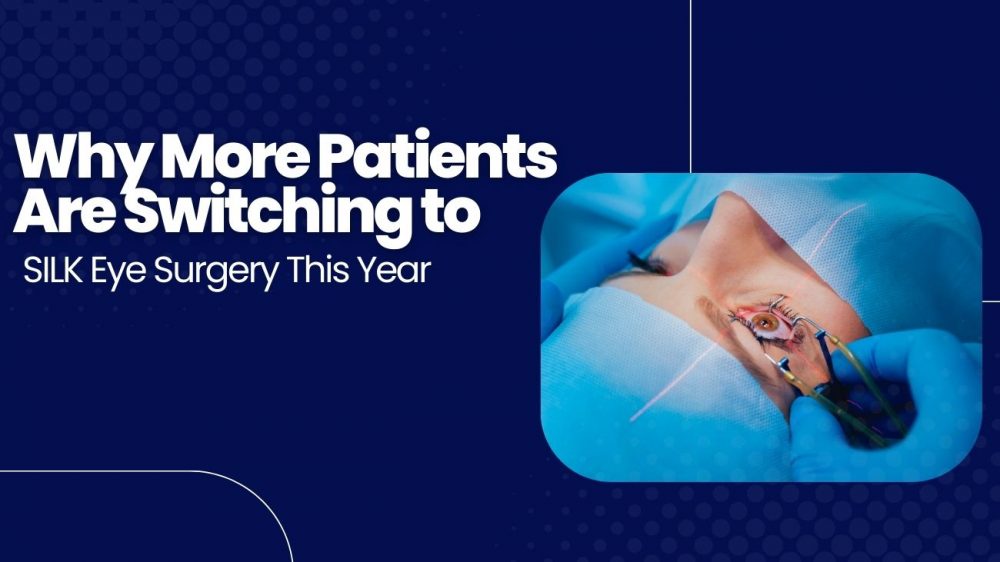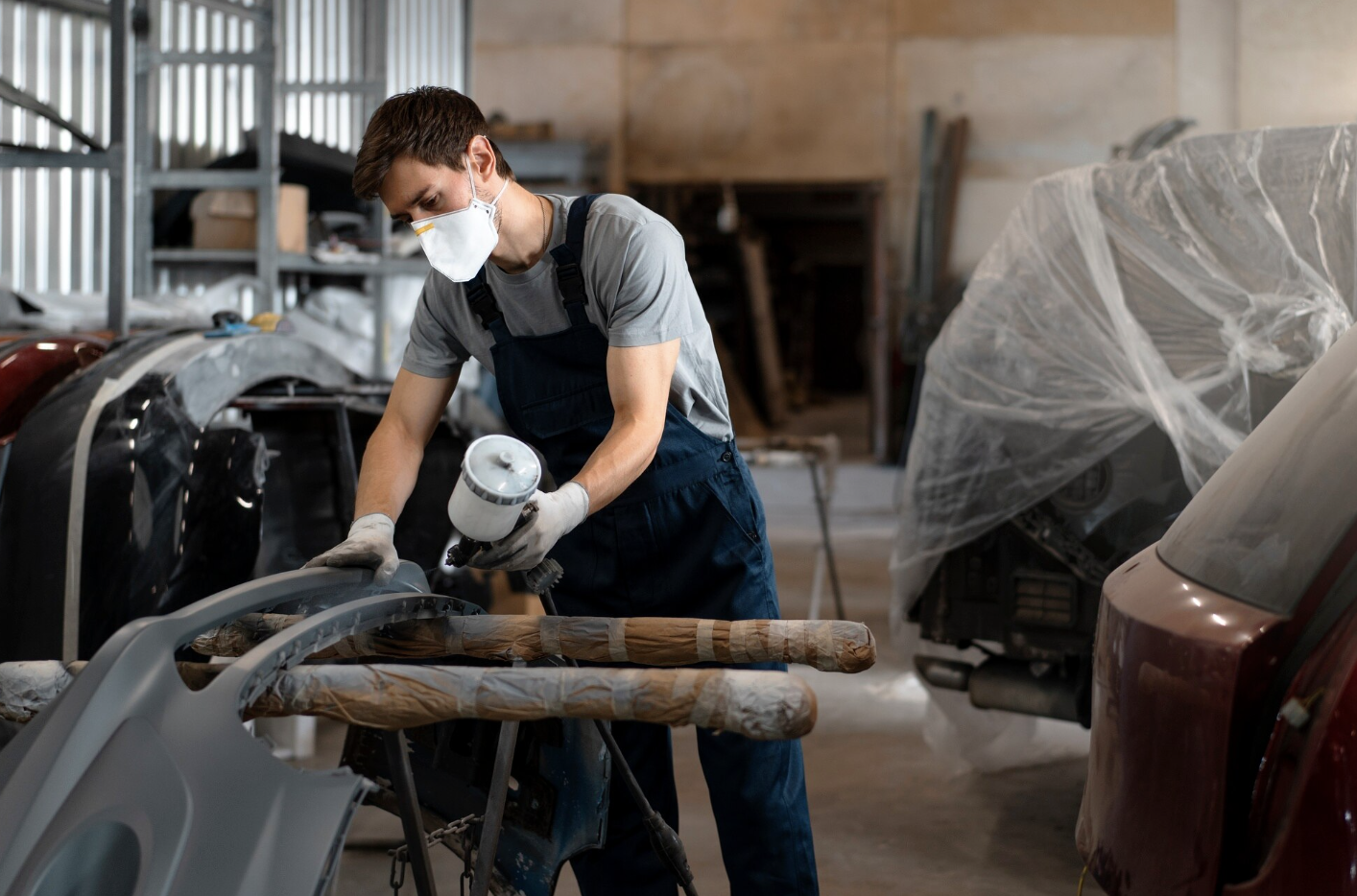
When we talk about online growth, people often think about SEO first. They look for fresh content, backlinks, keywords, and page speed. And yes, these things matter. But many forget one simple truth: your website design shapes your SEO more than you know.
Design is not just colors or fonts. It affects how people feel when they land on your site. It affects how long they stay, what they click, and how search engines judge your brand. Good design keeps people engaged. Poor design pushes them away.
In this blog, let’s break down how website design and SEO work together. Let’s dive in for some clear ideas that help you understand what truly moves the needle.
1. First Impressions Decide Your SEO Fate:
Visitors judge your site within seconds. If your layout feels messy or tight, they leave. Search engines track this drop. A high bounce rate signals poor value. That hurts rankings.
A clean layout with clear text helps people stay longer. When users stay, search engines trust your site more. So your design becomes an indirect ranking factor.
2. A Clear Structure Helps Search Engines Understand You:
Search engines scan your site the same way a person reads a map. They look for clean paths, neat sections, and simple menus. A clear structure helps them move from page to page with ease.
If your menu is confusing or your pages are buried, search engines get lost. They cannot read your site well, which hurts your ranking. A simple structure helps both users and search engines move with comfort.
3. Page Speed Is a Design Issue Before It’s an SEO Issue:
People hate slow pages. Search engines know this. If your site loads slowly, your rank drops. Many things affect speed: large images, heavy themes, and messy code.
These are all design decisions. When your design is light, the site loads fast. A fast site keeps users happy and sends a strong signal of trust to search engines.
4. Mobile-Friendly Design Is Non-Negotiable:
We live on our phones. People open sites on mobile more than desktop today. Search engines now check your mobile version first. If your site is not mobile-first, you fall behind.
Mobile design is about more than size. It is about ease. Simple taps. Clear buttons. Text that reads well on a small screen. A mobile-friendly design boosts your SEO by giving users a smooth experience.
5. Readability Helps Users Stay Longer:
If users cannot read your content, they will leave. Fancy fonts, small letters, or bright colors hurt readability. Search engines track the time users spend on your page. If readers quit early, your rank suffers.
Good design reads clean. It uses clear fonts. Soft colors. Enough space. These simple things help users stay and search engines reward you for it.
6. Good Images Boost SEO When Used With Care:
Images make your site warm and easy to connect with. They help users understand your message in seconds. But they must be used with care.
Large files slow your page. Low-quality images drive people away. Missing alt text blocks search engines from “seeing” them. When images are sized well and named well, they support your SEO. Good design balances beauty with performance.
7. Navigation Shapes User Behavior:
When users can’t find what they want, they leave. Partnering with a trusted web development company in Dubai will help you create a website with a clear menu that helps the users move with ease. They stay longer and explore more pages. This reduces bounce rate and increases dwell time, two strong user signals search engines track.
Your navigation should feel natural, like walking down a simple hallway. Clear labels. Clean steps. No confusing paths.
8. Calls-to-Action Improve User Flow:
A call-to-action is a small push that guides users to the next step. It could be “Book a Demo,” “Read More,” or “Try the Tool.” When CTAs are placed in the right spots, users move with intention. This signals to search engines that your site is valuable and engaging.
Bad design hides CTAs or places them randomly. Good design guides users with ease and purpose.
9. Consistent Branding Builds Trust:
Colors, tone, spacing, and images, all of this is design. When these elements feel consistent, your site feels stable. People trust brands that look stable. Trust keeps users longer. Longer engagement boosts SEO.
A strong design builds a bond. Users remember you. They return. Search engines love repeat visitors.
10. Secure Design Supports SEO:
Security is a top ranking factor. A safe site uses HTTPS, clean code, and strong hosting. Many security flaws come from poor design choices or outdated elements. A secure design protects users and keeps search engines from flagging your pages.
11. Internal Links Work Better on a Clean Design:
Internal links help search engines move through your pages. They also help users understand what to read next. But links work best on a clean layout. When links are hidden, broken, or placed in clutter, they lose their impact.
A smart design places links with intention. It guides users to deeper content. This increases session time and helps search engines understand your site.
12. The Emotional Impact of Design Influences SEO Too:
People connect with emotion first. Words come later. A warm design sets the tone. A calm layout invites users to stay. Search engines track this behavior. If people stay longer, explore more, and return again, your site grows in rankings.
Good design makes people feel safe and understood. That emotional impact drives real SEO results.
Conclusion: Design Is the Heartbeat of Strong SEO
Strong SEO is not only about keywords and backlinks. It starts with thoughtful design. Your site’s layout, speed, readability, and structure shape the user experience. And user experience shapes search ranking. If you want a site that ranks well and feels great to use, work with a team that understands both design and search behavior. A smart Web Development Company ties these two worlds together with care and skill, helping brands grow with confidence.
C2C Media follows this path closely. With a focus on strong design backed by search-friendly practices, they help businesses build websites that rank high, load fast, and make users feel welcome from the first click.







